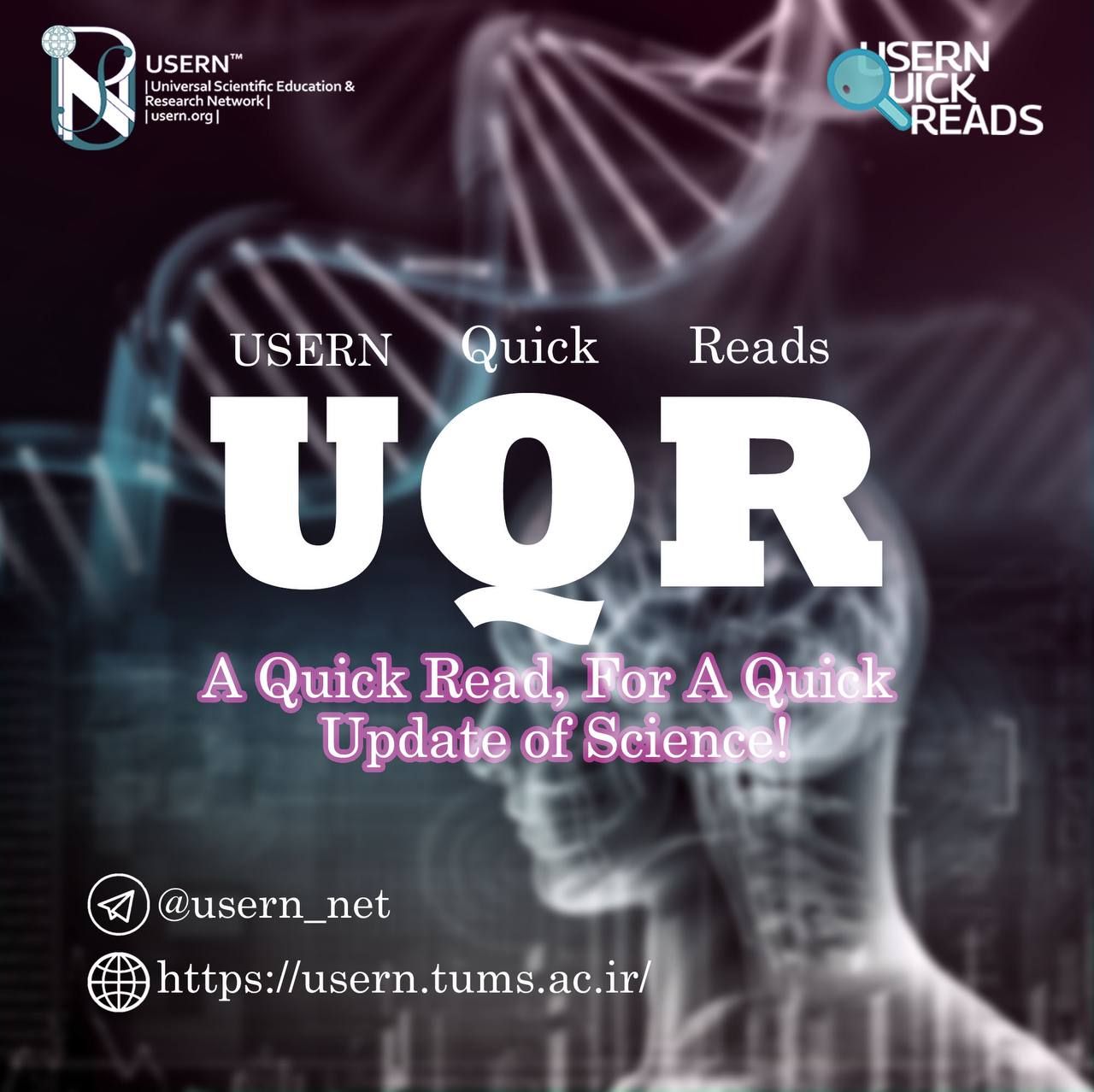Quick Reads
To end the COVID19 crisis striking diagnoses and treatments are needed

It was thought that vaccines are the revolutionary aids that bring this pandemic to an end, but they are not so and many other steps should be taken too. Discover them in this UQR! #2021#17
To end the COVID19 crisis striking diagnoses and treatments are needed
There are 5 reasons which make the COVID-19 herd immunity almost impossible. First, it's not obvious whether vaccines prevent transmissions or not. In addition, unequal distribution of vaccines is the challenge of our time. Third, viruses including COVID-19 constantly change through mutation. The fourth reason is that the duration of immunity is uncharted. Finally, Vaccines might change human behavior.
Now that the assumption is proved, it is clearly essential to be prepared for the future of COVID-19 by using new effective weapons.
Have you ever heard of nanobodies?
These single-domain antibodies are produced and derived from camelid animals. Nanobodies’ molecular weight is less than 15 kDa which equals 10% of the total IgG. The question is:
Why is it better to use nanobodies instead of antibodies?
Compared to traditional antibodies, nanobodies have lower molecular weight, better water solubility, stronger penetration into tissues, more resistance against the effects of denaturants, proteases, and extreme pH, shorter developmental cycle, cheaper production, higher affinity, and stronger antigen recognition.
Besides that, strong antigen affinity and stability in the gastrointestinal tract allow them to be used via oral administration. But how about inhalation?
The remarkable point is that; however, inhalation of nanobodies leads to the highest pulmonary concentration, minimal systemic effects have been reported. By far, it seems it would be useful for COVID-19. Does any reliable data exist for nanobodies' therapy in the COVID-19 pandemic?
Current therapies for COVID-19 include Antiviral drugs, plasma therapy, and antibody neutralization.
Immune responses play a crucial role during SARS-CoV-2 virus infection. The latest reports suggest that acute respiratory distress syndrome (ARDS) is the joint immunopathological event for this infectious disease. One of the primary mechanisms for ARDS is uncontrolled systemic inflammation, named cytokine storm, resulting from the release of large amounts of pro-inflammatory cytokines. The generation of nanobodies directed against chemokines, cytokines, and ectoenzyme can be tailored to modulate inflammation responses and then beneficial for the recovery of COVID-19 patients.
But are these all the results that nanobodies' therapy can contribute to?
Not at all!
A lama was immunized with SARS-COV-2(5 times over 28 days). 13 unique lead candidate nanobodies that bind to the SARS-CoV-2 spike protein RBD were isolated, several of which block the spike protein-ACE2 (an essential human receptor responsible for viral infection) interaction with high potency. Nanobodies permit the construction of multivalent formats that achieve ultra-high neutralization potency and then prevent mutational escape and neutralize a wide range of SARS-CoV-2 variants. While further in vivo characterization is necessary, strong data support the statement that a nanobody called NIH-CoVnb-112 is satisfactorily stable in the presence of plasma. It is also proved that NIH-CoVnb-112 is resilient to degradation or aggregation during nebulization. Results clearly indicate that this nanobody does not cross react and bind to SARS-CoV-1 spike protein RBD. In addition, NIH-CoVnb-112 potently inhibits viral transduction in an infection-relevant pseudotyped SARS-CoV-2 virus model.
The technology of Biparatopic nanobodies is made by fusing nanobodies, so they have two antigen-binding sites in one molecule and are capable of detecting different antigenic variants. After examining other biparatopic options, results showed the V+E biparatopic nanobody neutralized SARS-CoV-2 infection at a dilution 62 times greater than that achieved by individual nanobodies. The biparatopic antibody, when formulated for aerosol or subcutaneous administration, will lend those benefits just as effectively.
Thereby, nanobodies may be of great benefit and could be an appropriate replacement for other therapeutics, particularly for vulnerable populations. In addition, they may find application in a cocktail of laboratory-synthesized neutralizing antibodies to enhance their neutralizing activities to reduce mutational escape, to treat severely ill COVID-19 patients, and to mitigate future SARS-related CoV infections.
The novel nanobodies that bind to the spike protein RBD have potential widespread utility in the battle against the SARS-CoV-2 pandemic.
By:Sara Mostafavi
References:
1. Ram Sasisekharan, Ph.D: Preparing for the future__ Nanobodies for COVID-19? New England Journal of Medicine, 22 April 2021. 384:1568-1571
2. Salma Bessalah, Samira Jebahi, and Mohammad Hammadi: Perspective on therapeutic and diagnostic potential of camel nanobodies for coronavirus disease-19 (COVID-19), 3 Biotech, Feb 2021. 11(2):89
3. Thomas J. Esparza, Negin P. Martin, George P. Anderson, Ellen R. Goldman, and David L. Brody: High-affinity nanobodies block SARS-CoV-2 spike receptor-binding domain interaction with human angiotensin-converting enzyme, Nature, December 2020. 22370 (2020)
4. Christie Aschwanden: 5 reasons why herd immunity is probably impossible, Nature, 18 March 2021.
5. Jiandong Huo, Audrey Le Bas: Neutralizing nanobodies bind SARS-CoV-2 spike RBD and block interaction with ACE2, Nat Struct Mol Biol, 2020. 27(11):1094
